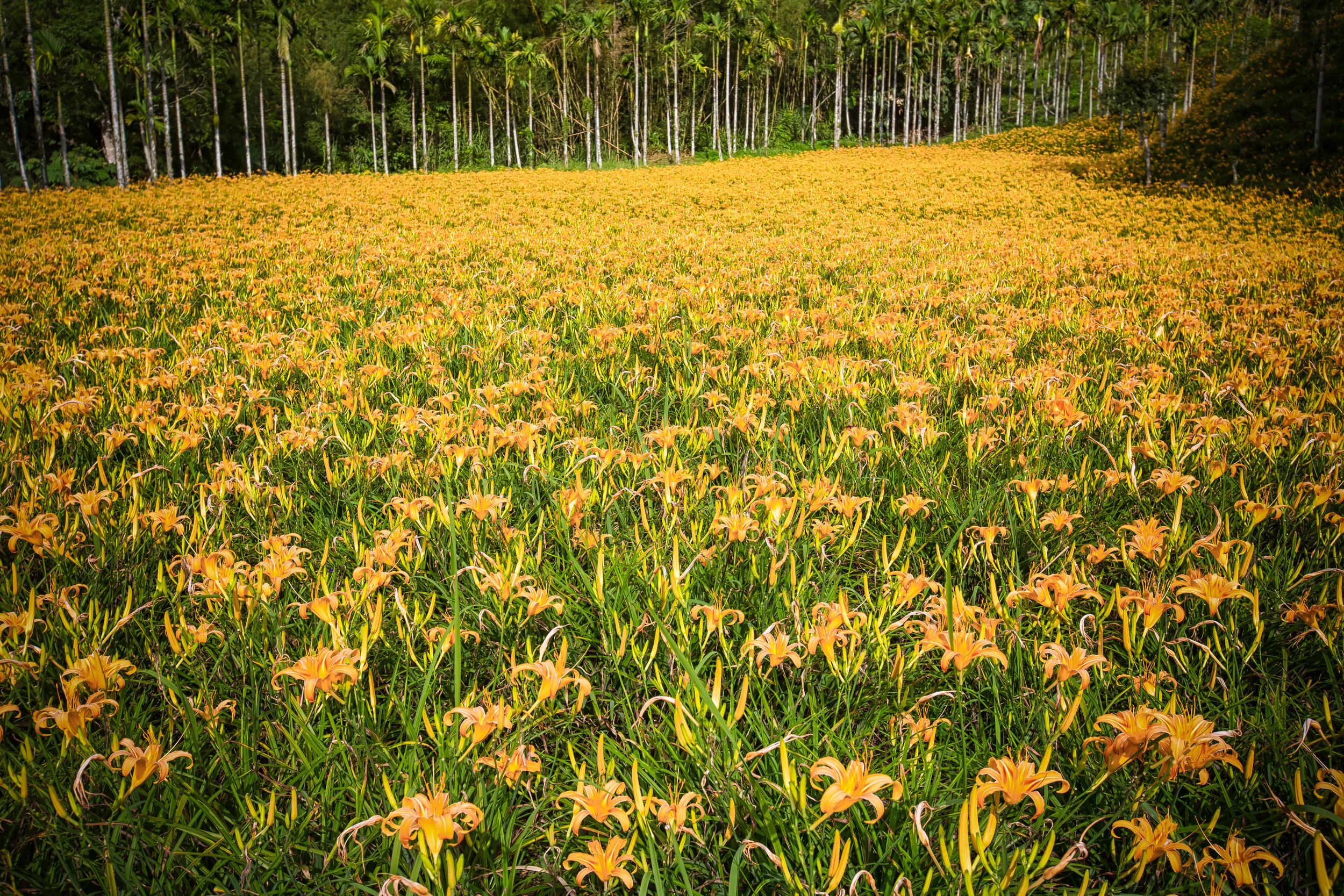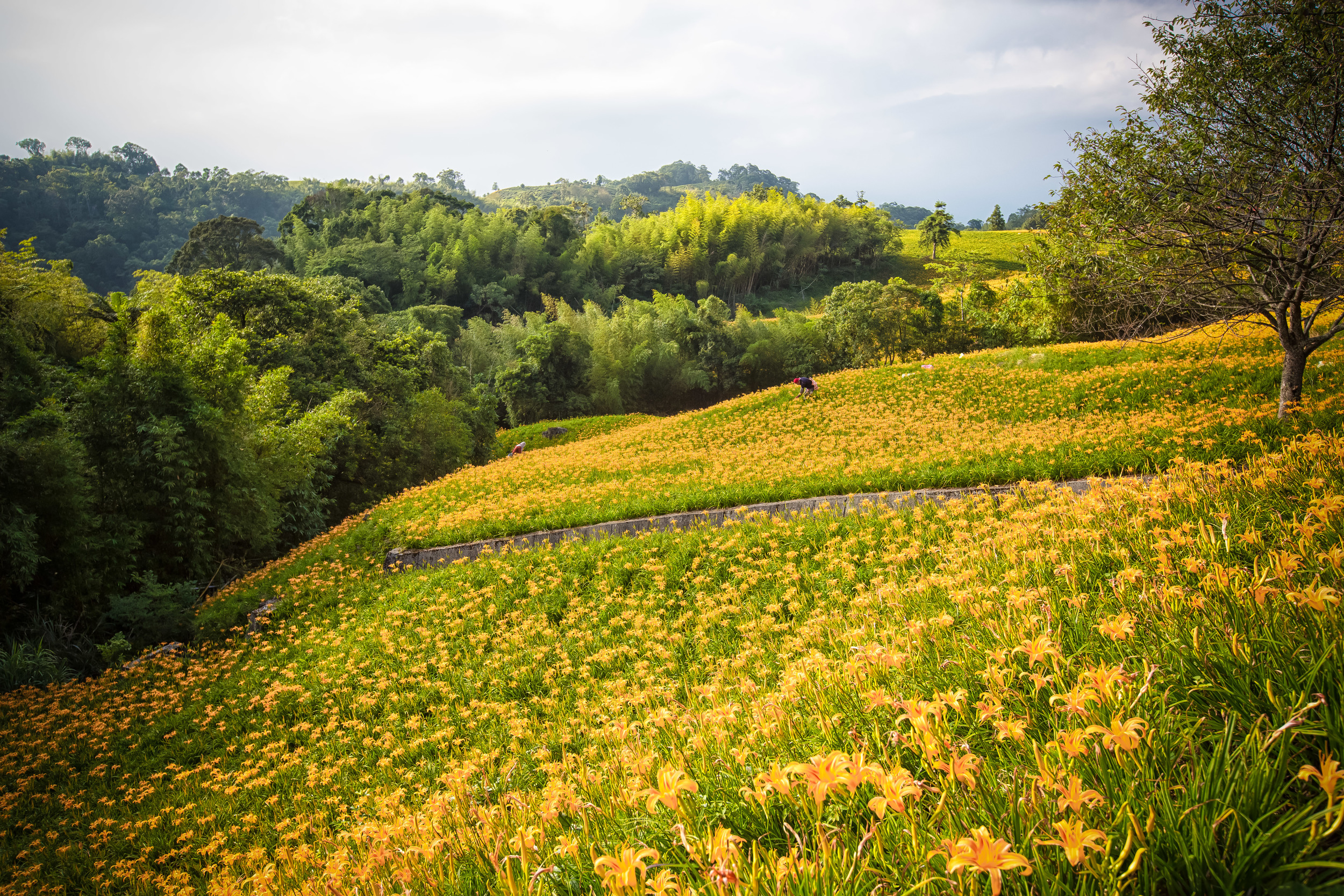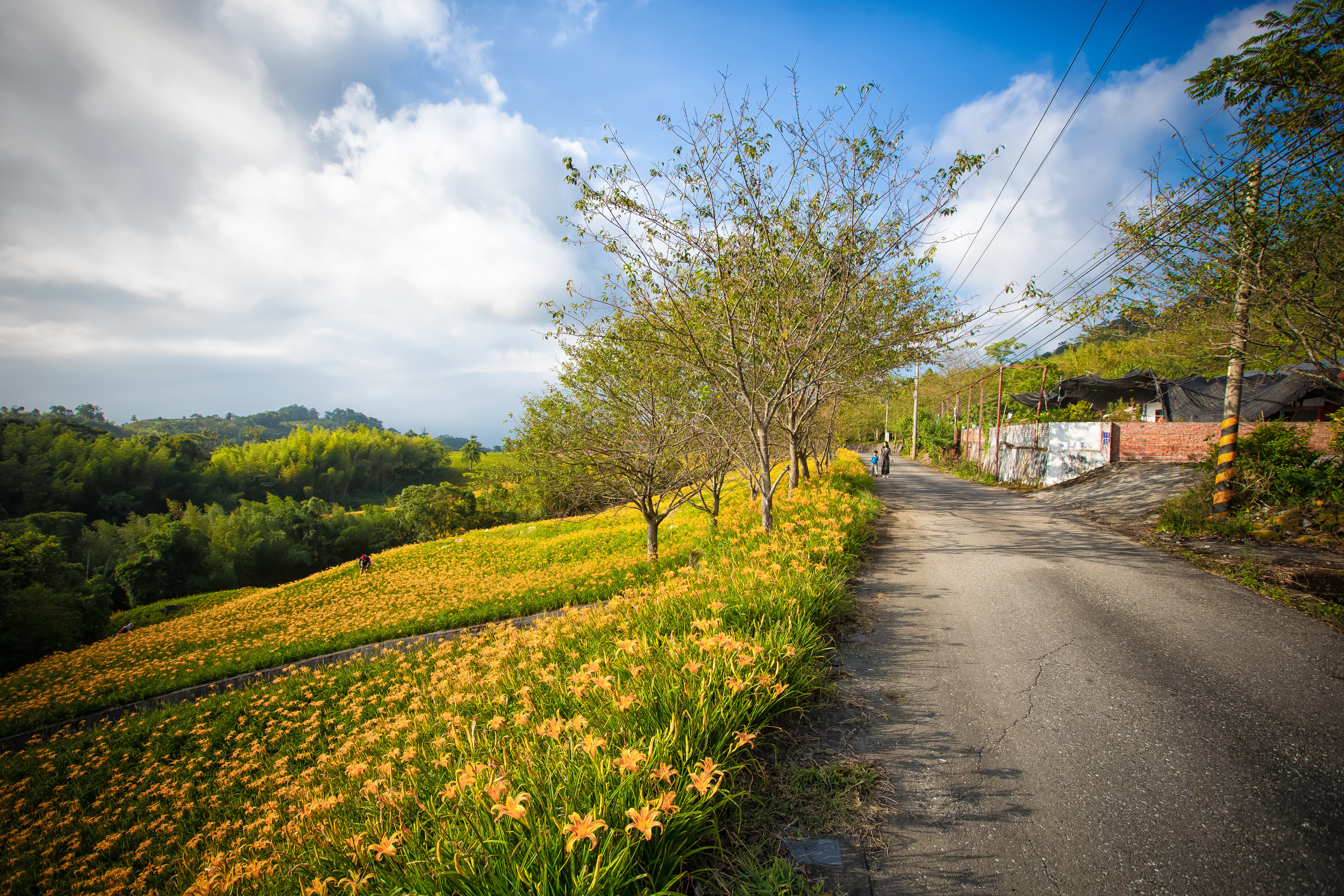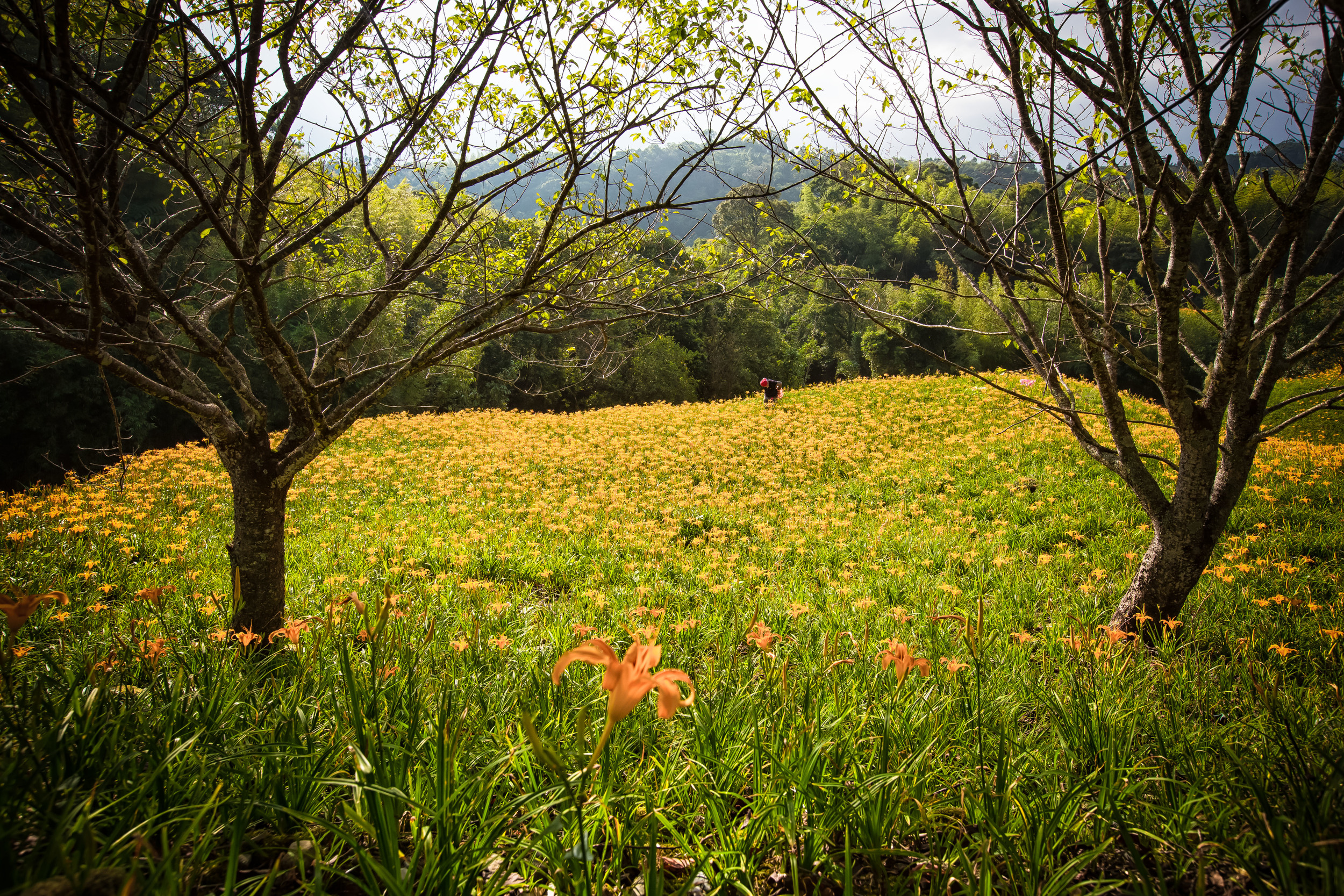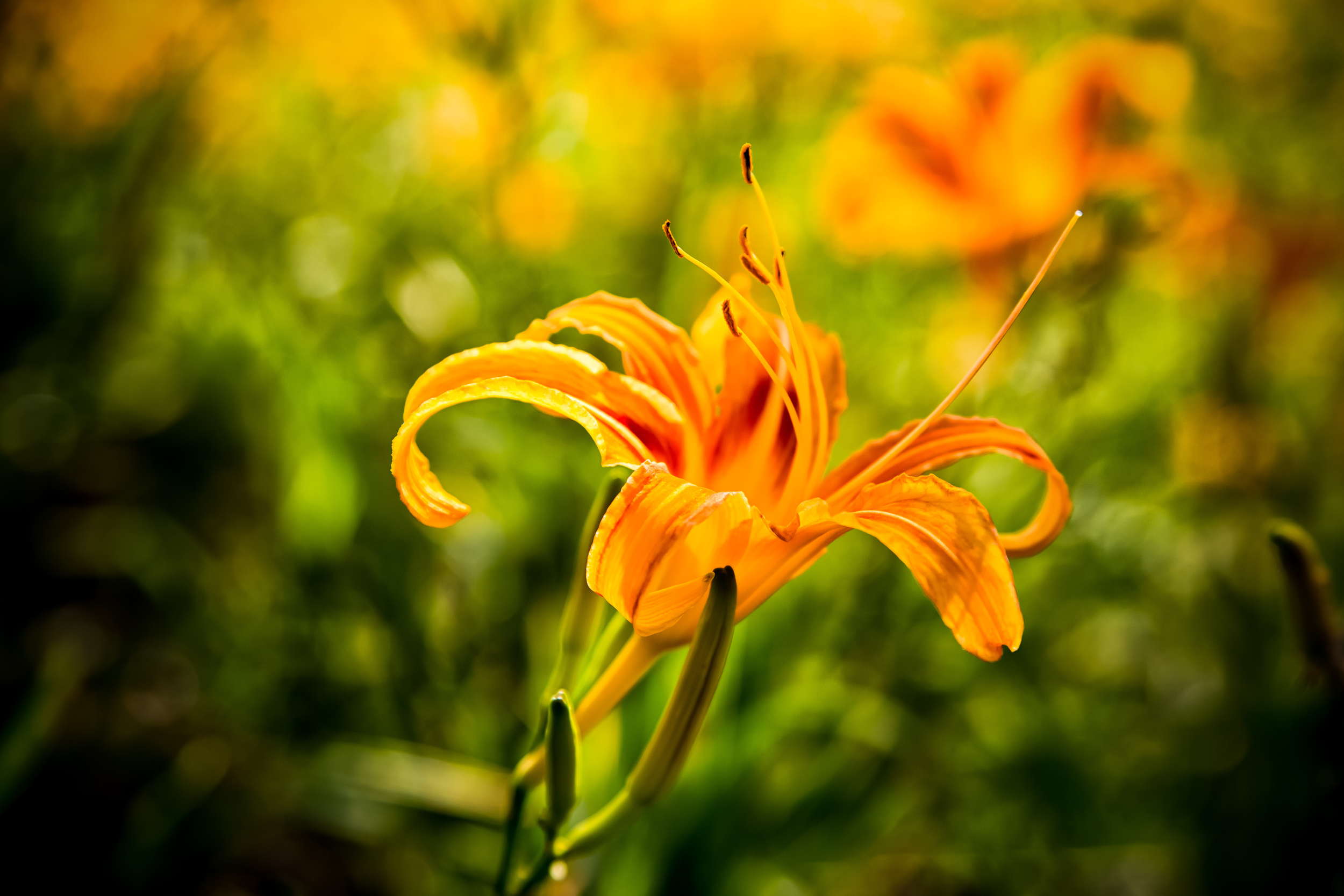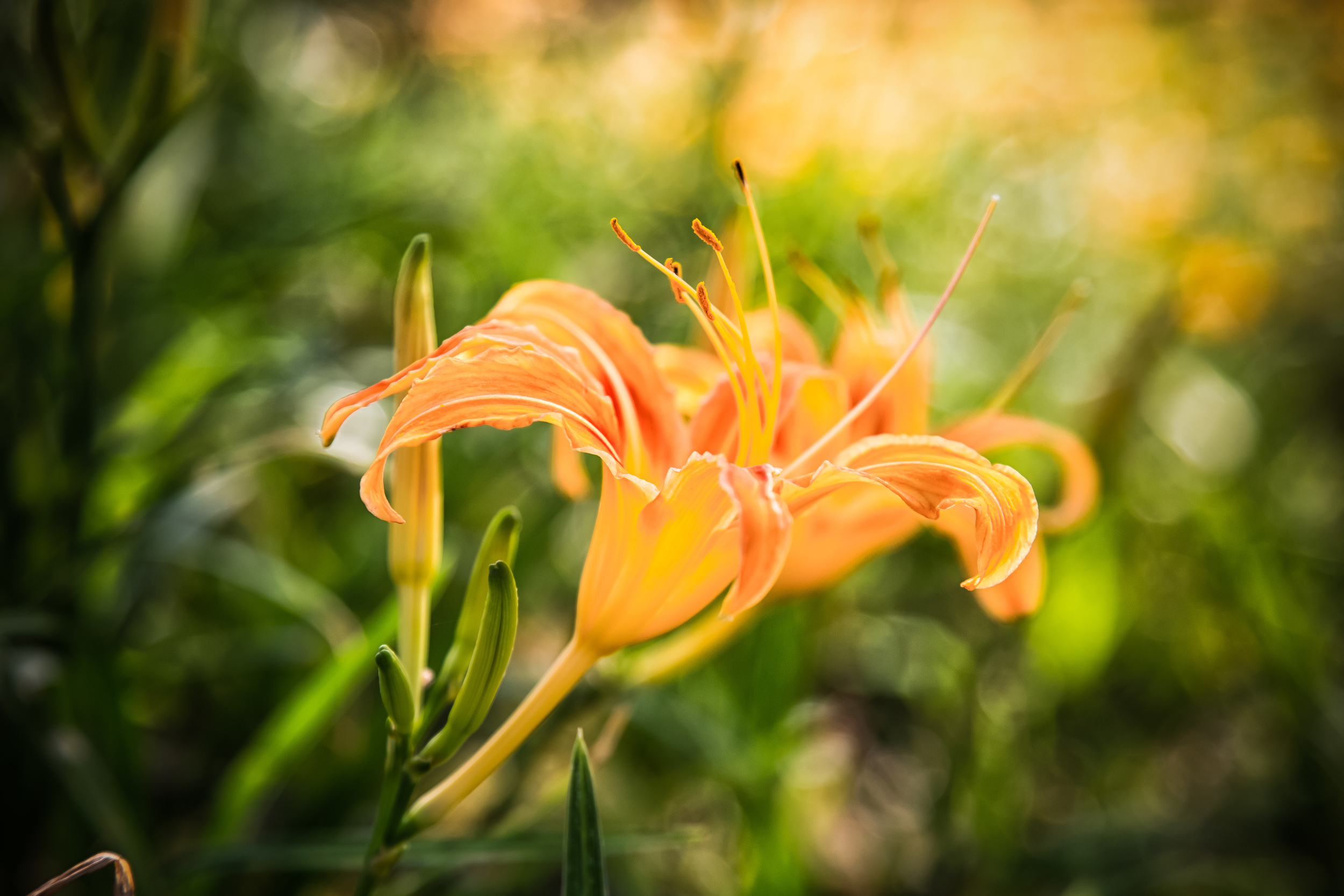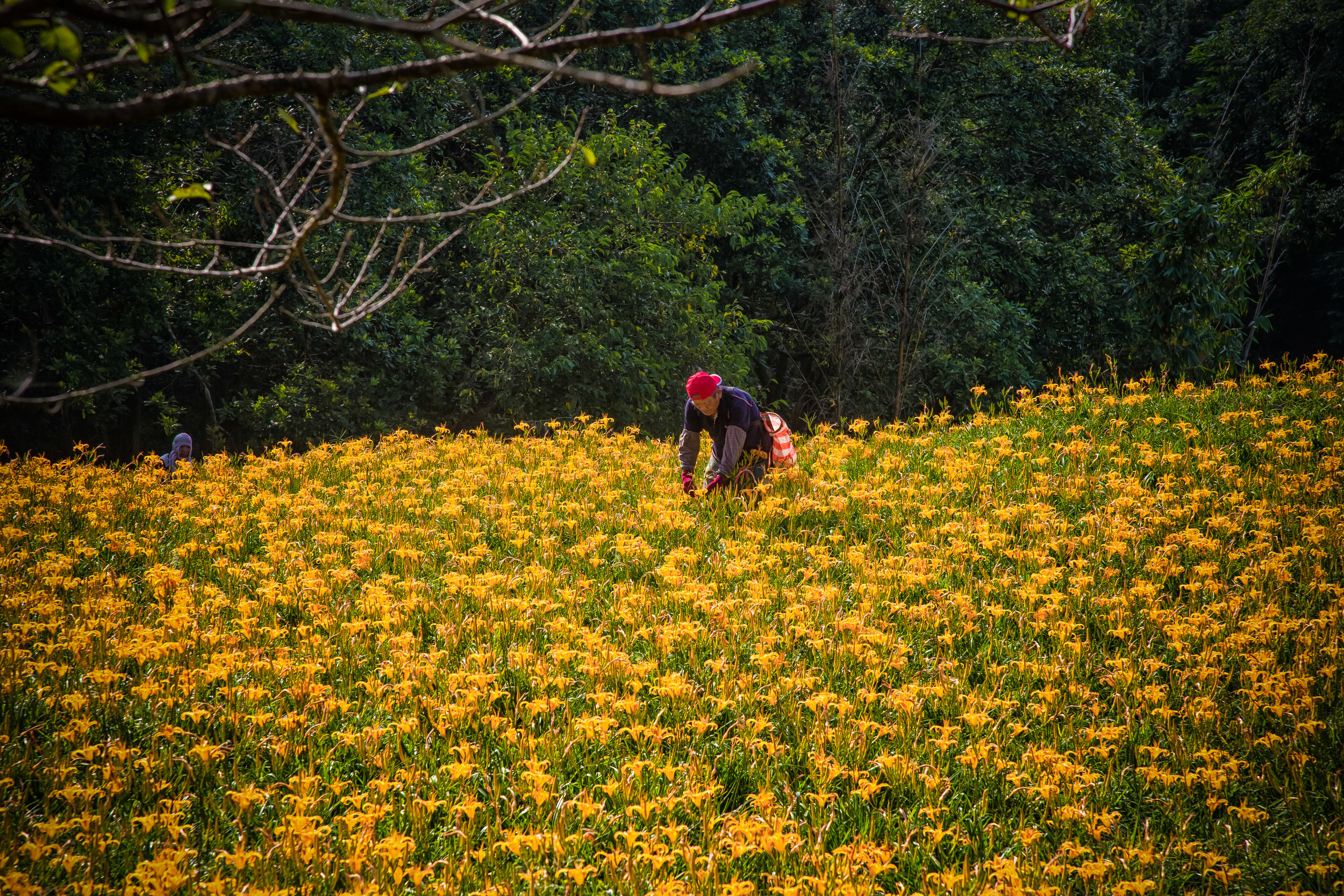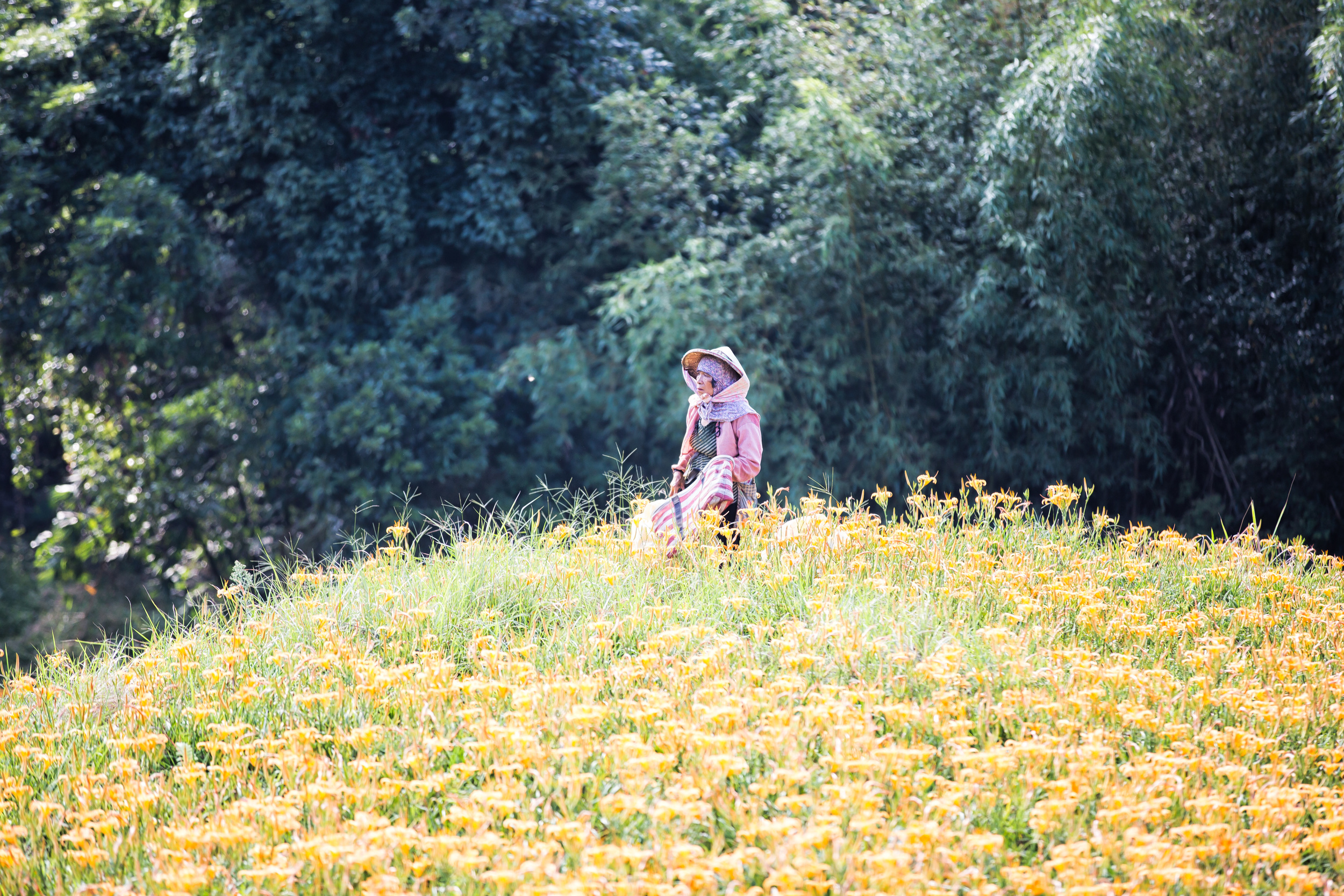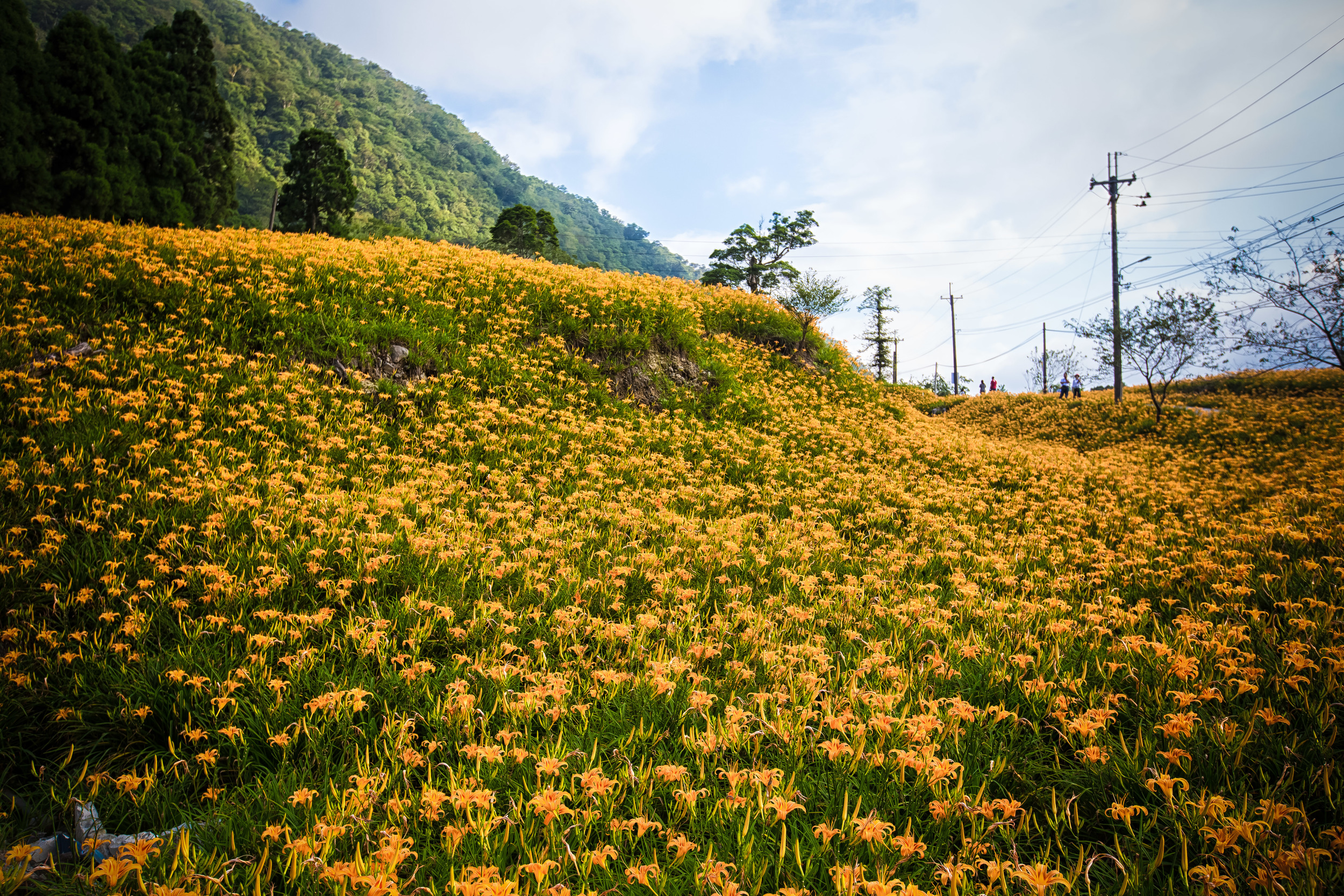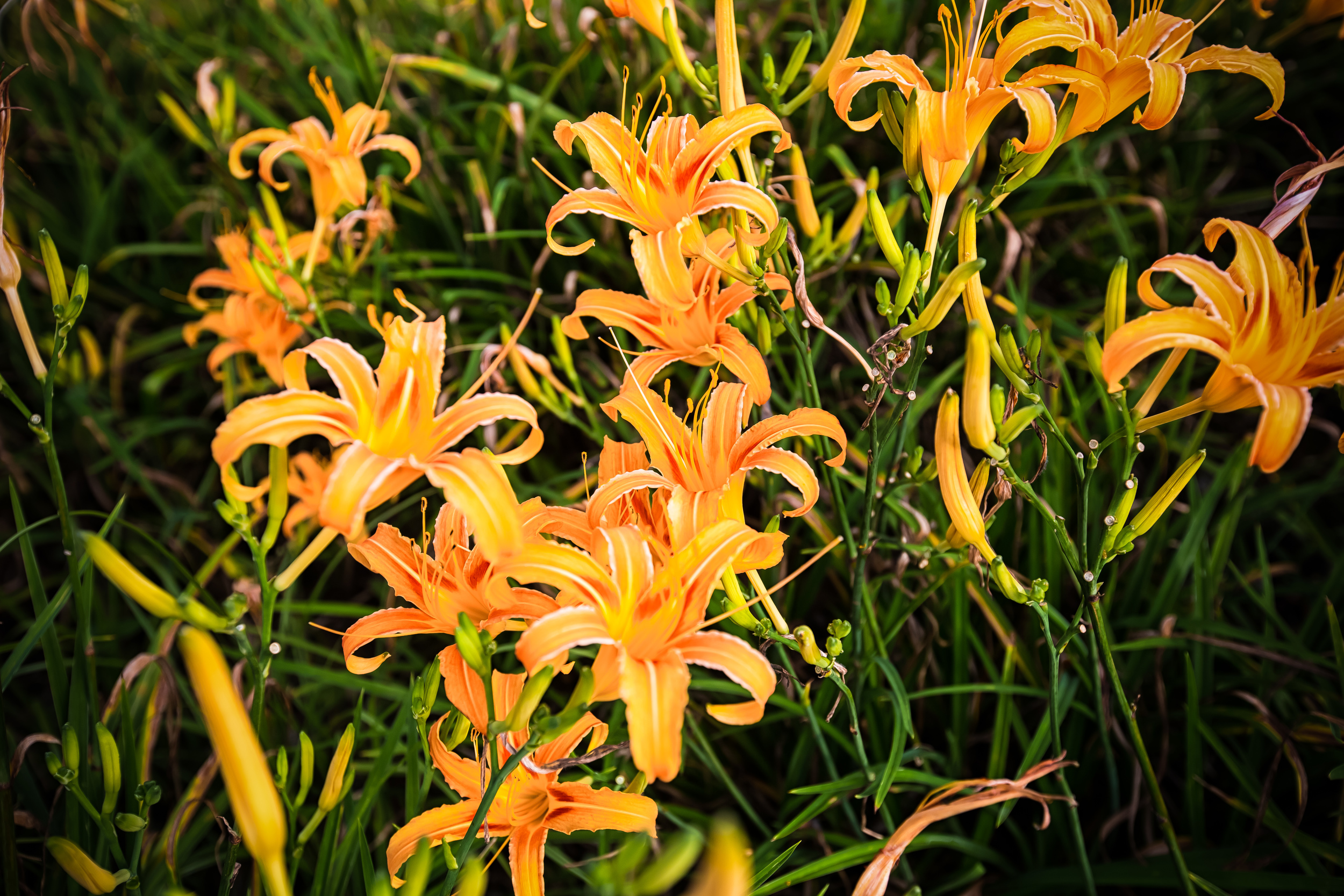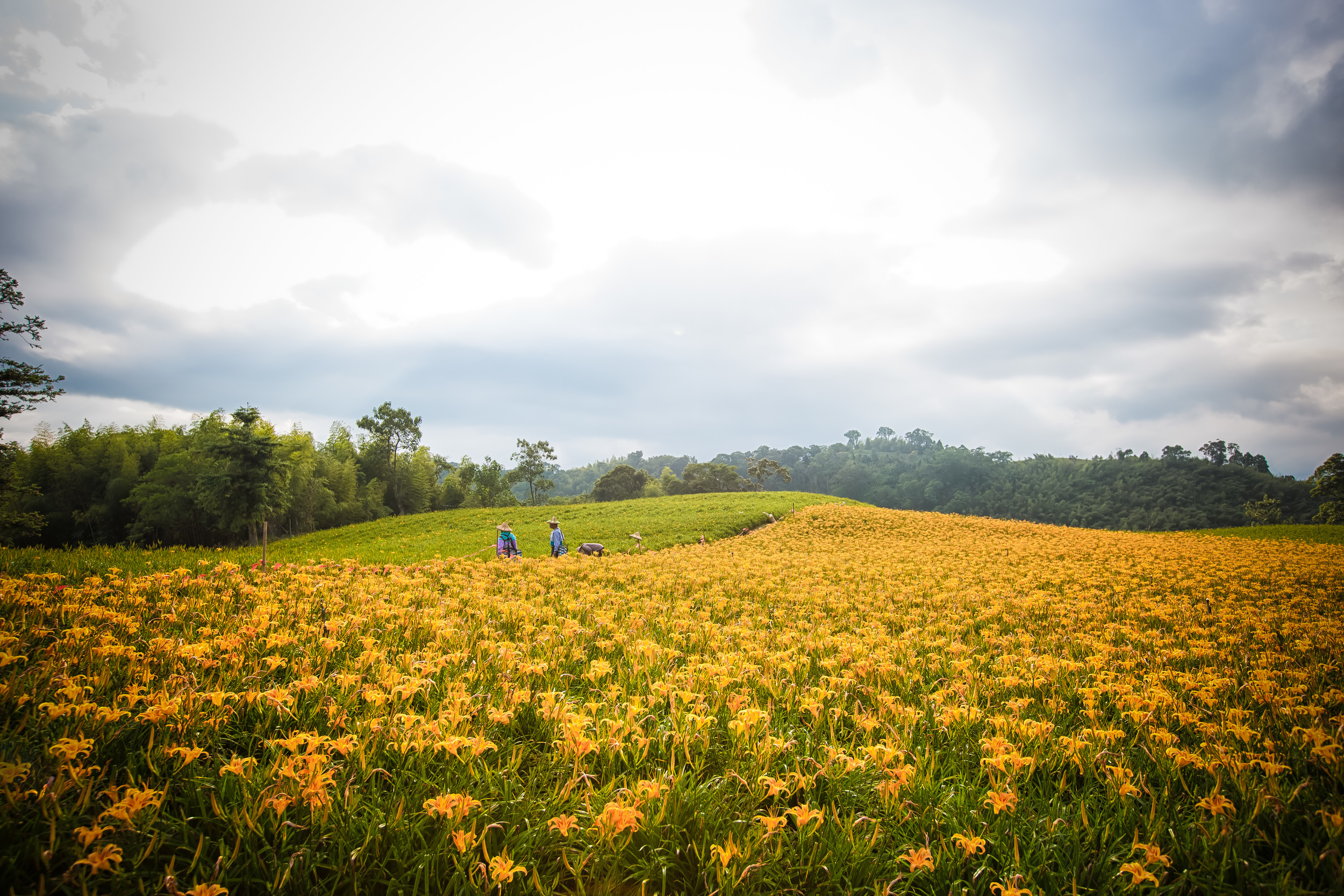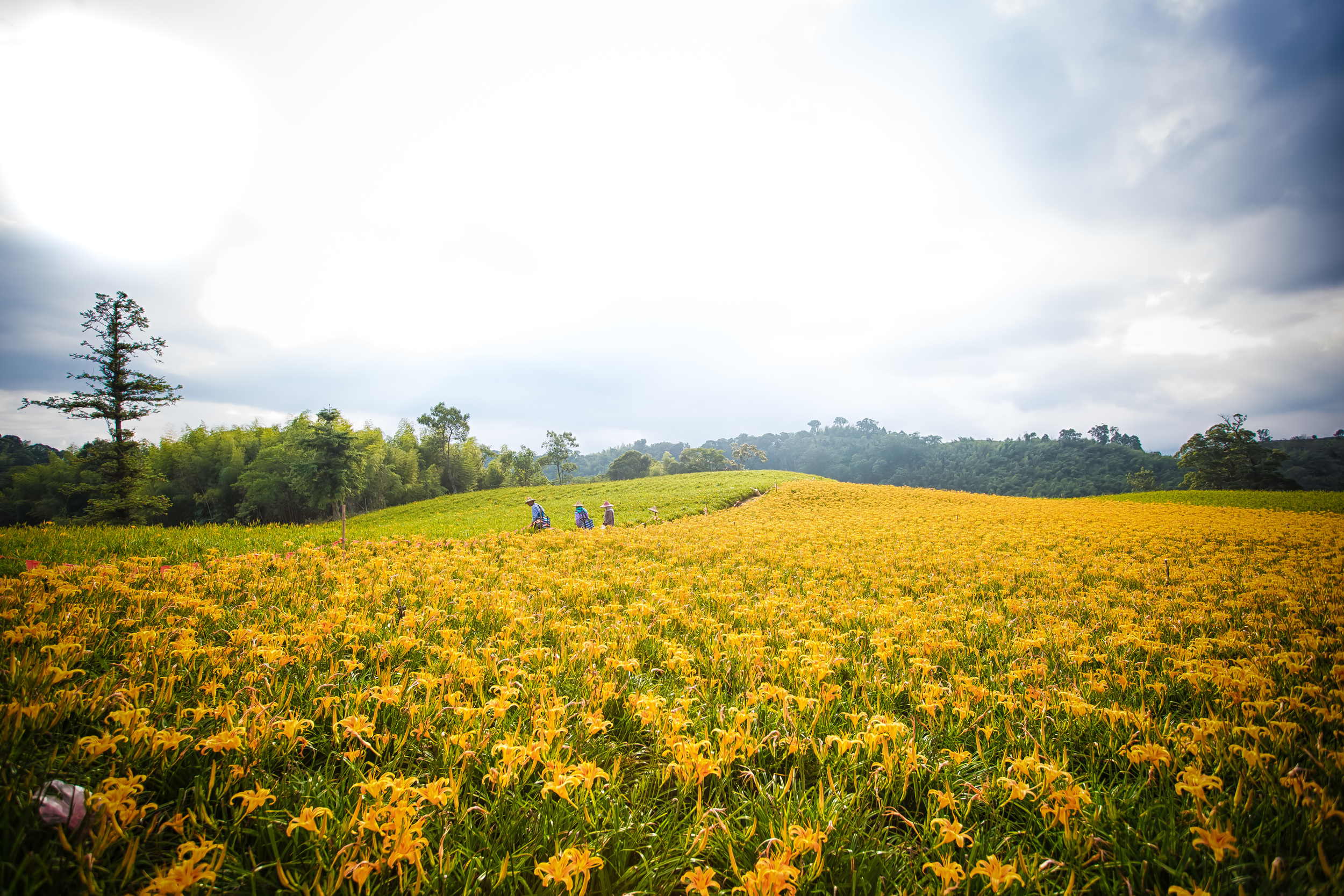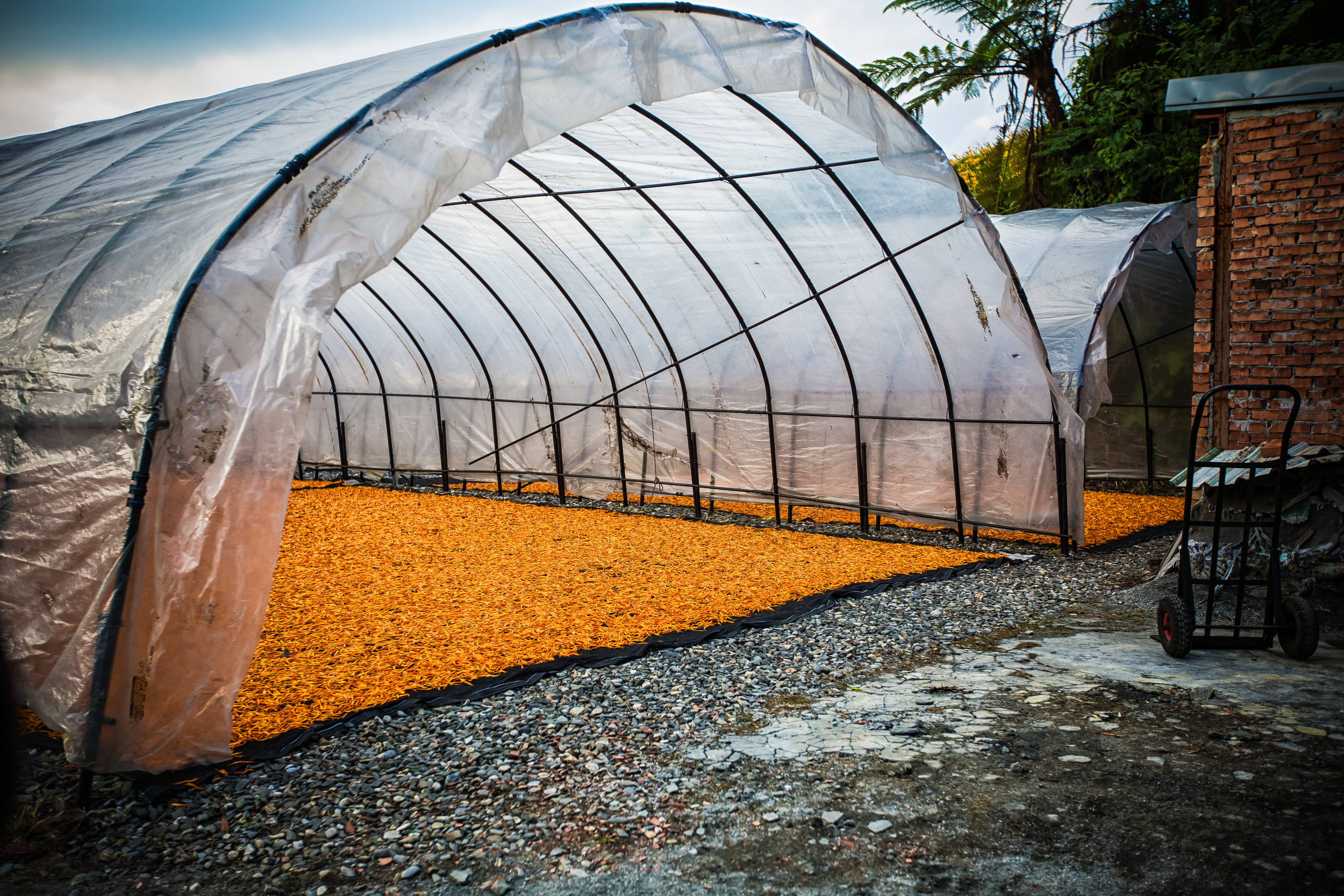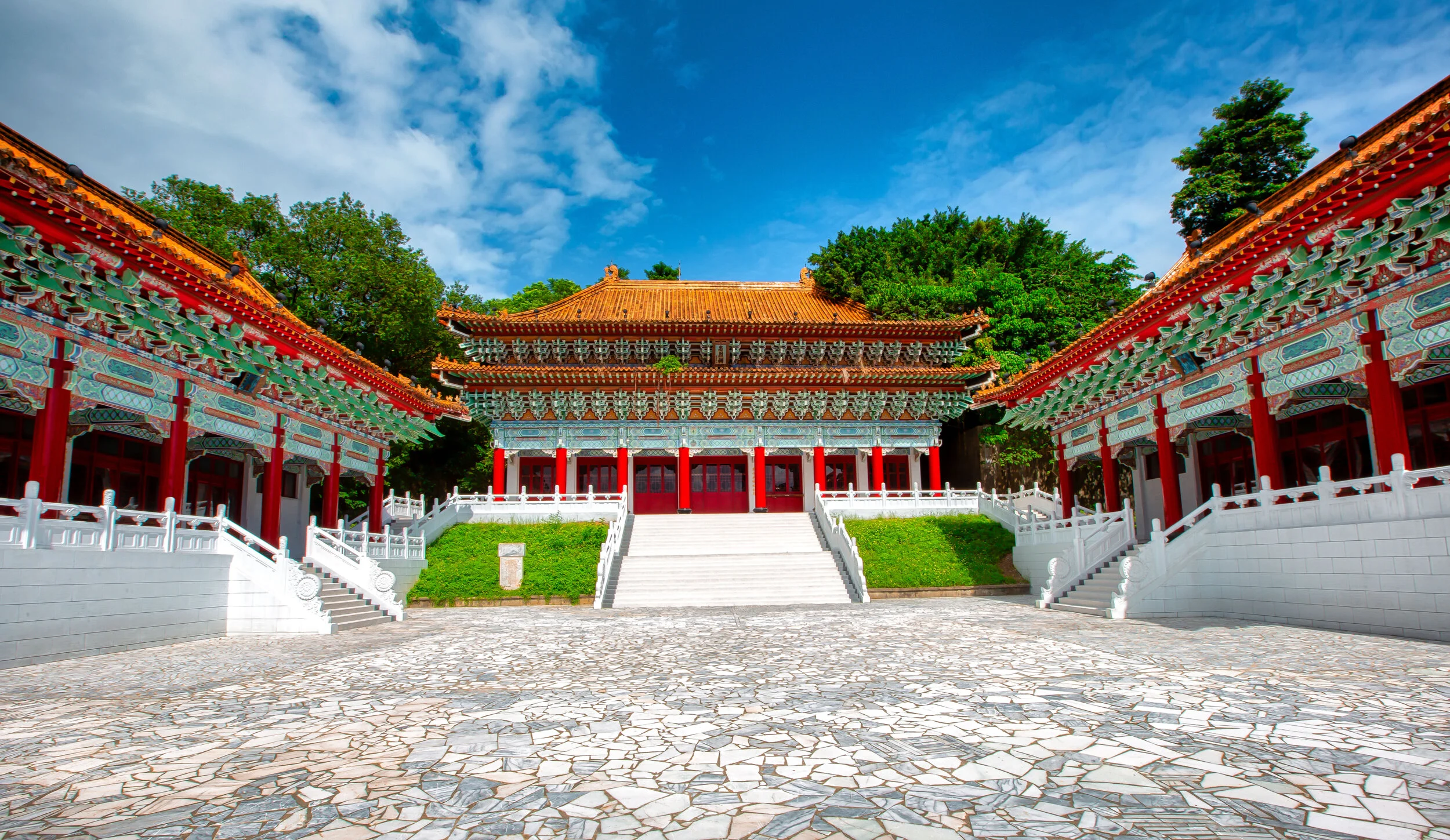This blog is going to start out with a story about how even a foreigner who speaks fluent Chinese and has lived in Taiwan for 10 years can still make the same stupid mistakes that a newbie can make!
I spent a week in Boracay, a small island in the Philippines south of Manilla which is known for having one of the best beaches in the world. I had a great time relaxing on the beach, swimming, drinking and eating great food.
To say that I arrived back in Taiwan feeling quite relaxed would be an understatement. I had purchased tickets to Hualien before leaving the country and when I got back I didn't even bother to look at them. I just knew that I had to be at the train station at a specific time on a specific day and that was good enough for me.
On that day I arrived at the train station early enough and got in the train and sat down. One station later someone stopped beside me and told me I was sitting in their seat. I thought that couldn't be right but quickly realized that my train left from another station at 9:20am and I got on a different train at 9:20am meaning that my fast train with a nice window seat became a slow train with no seat.
I was supposed to arrive in Hualien at 12:30pm but actually arrived at 2:00pm feeling tired and irritated. My plan for the first day was to check out the Tiger Lilies at “60 Stone Mountain” (六十石山) which is in Fuli township (富里) near the border with Taidong county. This meant that I would have to travel another two hours by car or scooter to arrive there. Given that I didn't have much time I had to alter my plans due to the fact that I was afraid I'd arrive at the mountain and have no available light for shooting.
I decided to head to Chi Ke Mountain (赤柯山) instead as it was a bit closer than the other mountain and had similar scenery. It didn't really matter where I went because there are quite a few mountains along the east coast in either Hualien or Taidong where these Tiger Lilies are cultivated – 60 Stone Mountain was just the most popular of them and has the most iconic imagery of all of them with the lilies and the rolling mountains below them.
Anyway, I was really careless and my punishment for that carelessness was that I couldn't get to the place I originally wanted to go to.
It may seem strange that people in Taiwan plant Tiger Lilies all over the mountains on the east coast, but the reason for this is that years and years ago it was discovered that these lilies grew extremely well on these mountains due to the altitude and the temperate climate.
Tiger lilies are important in Taiwan not only because they look beautiful on the side of a mountain, but because they are a rich source of vitamins and minerals. The lilies have been incorporated into many different kinds of Taiwanese cuisine and the roots are used in Traditional Chinese Medicine for their anti-inflammatory powers. A single serving of Tiger lilies are said to have over twenty times the amount of iron as spinach making them somewhat of a mineral superhero for the human body.
If you visit any of the mountains where they are cultivating the flowers between August and September of each year there will be vendors and restaurants offering dishes like Chicken Soup with Tiger Lily infused broth (金針花雞湯), Tiger Lily tempura (炸金針花), and hot and cold Tiger Lily infused tea.
The thing about Tiger Lilies is that the blossoms are shy and only show up for one day before they die. The farmers on the mountains spend their days trying to pick the lilies as quickly as they can and are quickly carted off to a place where they will dry in the sun for anywhere from three to five days before being sold.
I would have preferred to visit the most popular place to see these lilies, but that is my own fault and even though I would have preferred to go Sixty Stone Mountain rather than Chi Ke Mountain, I'm still lucky and relieved that I had the chance to see these flowers while they were in bloom.
The blossoming period for Tiger Lilies is very short and the season only lasts about a month, so if you plan on checking out these beauties while they're around, you'd better make your plans quickly, otherwise you'll have to wait until next year!
Gallery / Flickr (High Res Photos)
